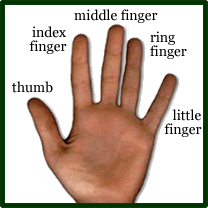The other day I received an email about how you say, or rather don’t say, please in Danish.
The translation I had on my Danish phrases page was Vær så venlig, which apparently is only used to hurry people up, or urge them to do something in a passive-aggressive way.
When making a request, for example, you simply state it, and then say tak (thanks). There’s no need to add an equivalent of please.
It is possible to use phrases like Hvis du vil være så venlig at … (Would you’d be so kind as to …), though only at the beginning of a sentence. For example, Hvis du vil være så venlig, at hjælpe mig? = Would you’d be so kind as to help me? Or Gider du .. (Would you …), as in Gider du hjælpe mig (Would you help me?).
Other ways to ask for help include:
– Undskyld mig, men kan du hjælpe mig? = Excuse me, but could you help me? (formal)
– Hej, kan jeg lokke dig til at hjælpe mig? = Hi there, Could I lure you into helping me? (informal)
In writing what you do is make a request and then put På forhånd tak (Thanks in advance). Younger generations also use this verbally as a polite way to end a request, and this is the closest equivalent of please.
Another way to make a request is Må jeg bede om… (May I beg for…), which is what Danish children are taught to say. Or you could use Vil du ikke være sød og … (Would you not be sweet and …) – using the negative is considered polite.
More about Danish manners:
http://www.xmel.com/denmark18.html
How is please or its equivalent used, or not used, elsewhere?
